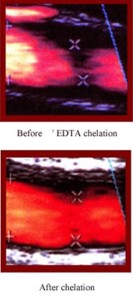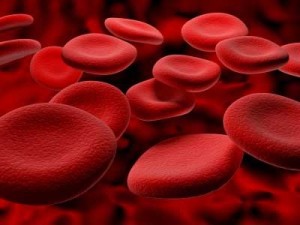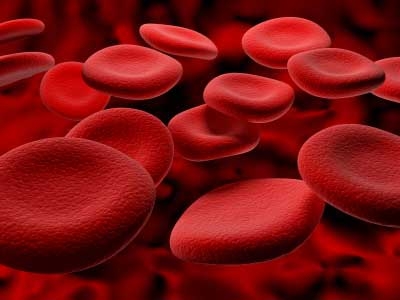Other theories of how EDTA works have also been put forward. Since EDTA can bind to many different metals, it can trade one metal for another for which it has a higher affinity as it travels through the body. This process theoretically has the potential to move trace elements from areas of high concentration (which, according to the cited research, can form in diseased tissue) to other areas where the elements can be of benefit in facilitating healthy enzymatic activity.
 What is perhaps a more commonly understood function of EDTA, the binding and removal of heavy metals that can interfere with enzymatic processes (although in mainstream practice this treatment is only used for known or suspected cases of heavy metal poisoning.
What is perhaps a more commonly understood function of EDTA, the binding and removal of heavy metals that can interfere with enzymatic processes (although in mainstream practice this treatment is only used for known or suspected cases of heavy metal poisoning.
 Yet another explanation for cardiovascular improvements after treatment with EDTA is that the removal of heavy metals leads to increased production of nitric oxide in the endothelial cells, causing the arteries to relax and improving flow.
Yet another explanation for cardiovascular improvements after treatment with EDTA is that the removal of heavy metals leads to increased production of nitric oxide in the endothelial cells, causing the arteries to relax and improving flow.
These explanations mostly center on the cardiovascular effects of ETDA, but its proponents think it is effective on a wide range of conditions. One website explains how EDTA can achieve such broad improvements by saying that once the arteries are opened and the blood flow reestablished, other cells “downstream” will no longer be deprived of nutrients or the opportunity to eliminate waste. The healing of these cells then ameliorates a number of diseases.











